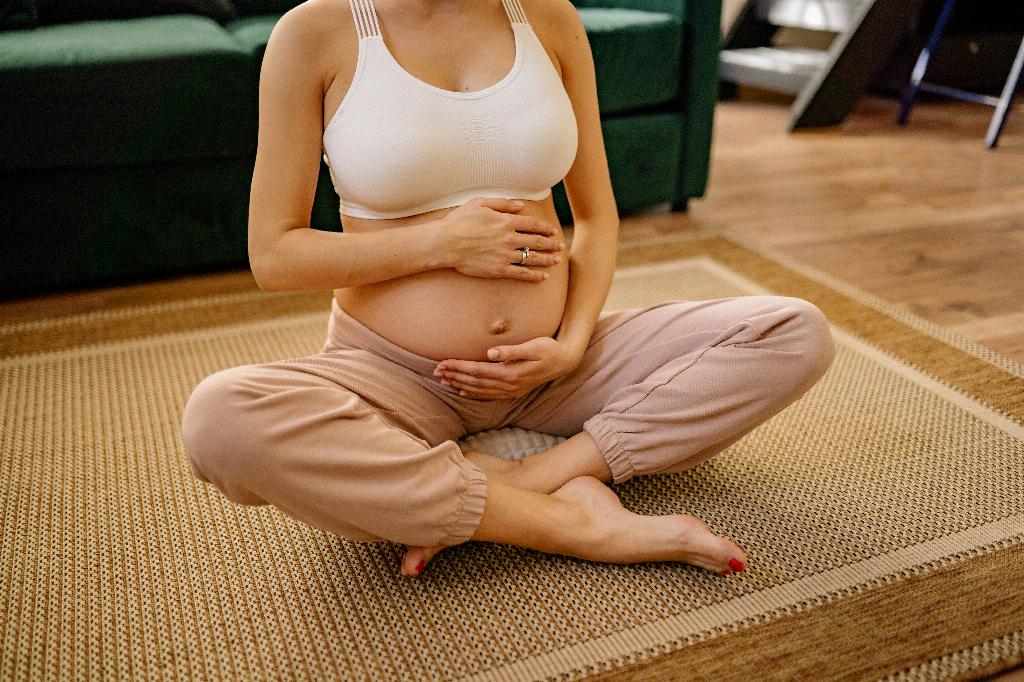Leukorrhea, a common and normal vaginal discharge during pregnancy, can raise questions and concerns for many expectant mothers. As an OB-GYN and women’s health expert, Sheryl Ross sheds light on this topic, providing valuable insights into when leukorrhea typically starts and what to expect.
Early Changes in Vaginal Discharge
According to Dr. Ross, the onset of leukorrhea can occur surprisingly early in a woman’s pregnancy journey. In fact, changes in typical vaginal discharge can begin as soon as one to two weeks after conception, which is even before the missed period.
Signs of Pregnancy
For many women, the presence of leukorrhea can serve as an early indicator of pregnancy. While it is essential to confirm pregnancy through a medical test, the changes in vaginal discharge can offer subtle clues that conception may have taken place.
Understanding Leukorrhea
Leukorrhea is a milky, thin, and mild-smelling discharge that occurs due to increased estrogen levels during pregnancy. This discharge serves the crucial purpose of keeping the vaginal area clean and preventing infections, making it a natural and normal part of the pregnancy experience.
Causes of Leukorrhea
The hormonal changes that take place during pregnancy, particularly the rise in estrogen levels, play a significant role in the production of leukorrhea. These changes result in increased blood flow to the pelvic area, leading to the characteristic vaginal discharge that many pregnant women experience.
When to Seek Medical Advice
While leukorrhea is typically harmless and is considered a normal part of pregnancy, it is essential to consult with a healthcare provider if the discharge is accompanied by unusual symptoms such as itching, burning, or a foul odor. These could be signs of an infection that requires medical attention.
Management of Leukorrhea
Simple measures such as wearing breathable cotton underwear, avoiding irritating feminine hygiene products, and practicing good hygiene can help manage leukorrhea during pregnancy. It is crucial to maintain proper vaginal care to reduce the risk of infections.
Changes Throughout Pregnancy
As pregnancy progresses, the amount and consistency of leukorrhea may continue to vary. Women may notice changes in color, texture, and odor of the discharge at different stages of pregnancy, which is considered a normal part of the body’s response to hormonal fluctuations.
Monitoring Vaginal Discharge
Keeping track of changes in vaginal discharge can provide valuable insights into one’s reproductive health during pregnancy. By observing any unusual or concerning symptoms and seeking timely medical advice, women can ensure their well-being and address any potential issues promptly.
Embracing the Pregnancy Journey
Leukorrhea, while sometimes accompanied by uncertainty and questions, is a natural phenomenon that occurs during pregnancy. By understanding the factors that contribute to vaginal discharge and staying informed about proper care practices, women can navigate this aspect of pregnancy with confidence.
Consulting with Healthcare Providers
For personalized guidance and support related to leukorrhea and other aspects of pregnancy, it is advisable for expectant mothers to maintain open communication with their healthcare providers. Seeking regular prenatal care and raising any concerns can ensure a smooth and healthy pregnancy journey.
Final Thoughts
In conclusion, leukorrhea typically starts as early as one to two weeks after conception, marking an early change in vaginal discharge that many women experience during pregnancy. Understanding the causes, management strategies, and when to seek medical advice can help women navigate this aspect of pregnancy with confidence and peace of mind.

